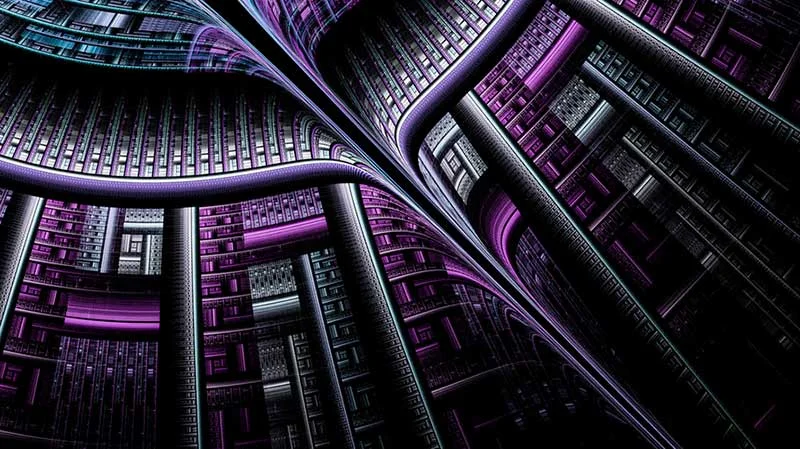This type captures the progress across multiple sprints, usually employed to measure work in opposition to a big milestone or product release. It reveals the total quantity of labor that must be done for a launch and how that work is progressing over time. The objective of a Release Burndown Chart is to indicate that the staff is on monitor to finish all of the work for the discharge by the release date.
How Can Burn Down Charts Assist In Managing Qa Timelines?
This might help project managers predict future progress and regulate their plans accordingly. Trendlines may be added by right-clicking on the chart, deciding on “Add Trendline,” and selecting the suitable sort, corresponding to linear or exponential. Once you have set up your data columns, it’s time to create the burndown chart. Choose the info vary that features the date, deliberate work, accomplished work, and remaining work columns. Next, navigate to the “Insert” tab in Excel’s toolbar and choose the chart type that best suits your needs. Now you’ve obtained a sprint’s value of labor with assigned story points.
By following this step-by-step tutorial and utilizing advanced features and tips, you’ll be able to enhance your project administration capabilities and drive successful project outcomes. Bear In Mind to customise your burndown chart to fit your particular project necessities and consider alternative software choices in case your project calls for defect burndown chart extra specialised features. With a well-executed burndown chart, you’ll find a way to be sure that your initiatives stay on track and deliver results effectively. Product burndown charts offer a broader view of the project’s general progress.

Introduction To Burndown Charts
Burn down charts track the remaining work, whereas burn up charts depict the cumulative completed work over time. The level of a burndown chart is to offer you quick, visible suggestions in regards to the sprint’s progress. In our example, we’ve assumed an ideal burndown price of 1 task or user story per working day. We’ve not accounted for weekends, and hence the variety of duties doesn’t reduce on Saturday and Sunday in this desk.
The obvious advantage of a burndown chart is that it offers an updated standing report on the progress of the project. Having a visible representation of this key knowledge keeps everybody on the same page. In a QA project, the burn down chart can be utilized to track the completion of test circumstances. Any backlog in check case execution may be readily recognized via the chart, enabling the team to reallocate assets and modify priorities accordingly. One Other widespread pitfall is the failure to adapt and evolve based on insights from the burn down chart.
Beginning with inaccurate task estimations can skew your entire project timeline. To enhance estimation accuracy, use historic information from related initiatives as a benchmark. Involve a quantity of team members in the estimation course of to get a well-rounded view of the duty complexities. Launch Burndown Charts focus on the larger image, monitoring progress across multiple sprints within a launch cycle. They present the total work remaining and the way much has been completed since the begin of the release. The Perfect Work Line represents a straight line from the top of the Y-axis (total work on the start) to the underside (zero work left) on the project’s finish date.
When going via a sprint retrospectively, the kanban is an archive of what went right and what went incorrect, permitting for future enhancements. Time is a constraint that applies to any project, particularly to dynamic, agile projects. While some industries are more time-sensitive than others, all industries have tasks that incur many changes alongside the way in which.

Maintain regular check-ins to make sure everyone understands these limits. If new tasks should be added, update the chart instantly to mirror these changes. This keeps everyone on the same page and maintains the integrity of the chart. On the flip facet, a sudden drop may feel great, like you’re sprinting down the path, however it might also AI For Small Business imply duties had been rushed or improperly marked as completed.
Story points https://www.globalcloudteam.com/ are a way of abstracting out the concreteness of time. However don’t worry—that doesn’t imply we’re paying for our groceries with Monopoly cash, so to speak! We use story points to take a look at what we’ve achieved to then perceive what we will achieve in the future.
- The horizontal can characterize sprints or iterations, whereas the vertical axis represents the remaining work within the product backlog.
- Some burndown charts, notably release burndown charts, embrace a projection cone, which predicts the range of possible completion dates primarily based on the group’s current progress.
- These charts are essential when managing significant options or substantial updates that need to be broken down into smaller, extra manageable tasks spread over a lengthy period.
- Here yow will discover burndown chart templates for Excel and steps to observe to create one yourself.
We can finally talk about how burndowns and story points all assist us to perform project forecasting. Hopefully, by now you’re itching to see how this whole burndown thing works in practice. So what we’ll cover subsequent is how to take these ideas and put them into apply step by step.

As a end result, it may be hard to tell if adjustments in the burndown chart are because of accomplished backlog gadgets or due to an increase or lower in story points. Having a burnup chart resolves this problem by having a separate line in the graph for the overall backlog dimension. It is really helpful to update burn down charts frequently, ideally at the finish of each workday or iteration.
You’ll know immediately in case your group is on schedule or if adjustments have to be made. ClickUp’s burndown charts illustrate a third line, a project progress line highlighting how your progress would appear to be if you were to continue on the identical working pace. Burndown charts are higher fitted to sprint degree projects, whereas burnup charts make more sense for long-term aims, showing all of the work completed thus far.


Recent Comments